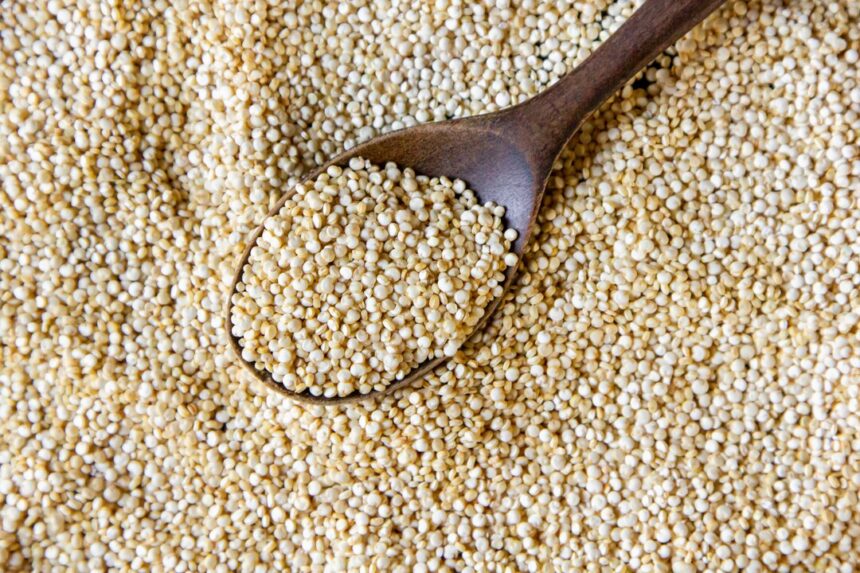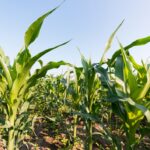Quinoa, a nutrient-rich pseudocereal, has gained popularity worldwide for its exceptional nutritional profile and versatility in culinary applications. In South Africa, where agricultural diversity is celebrated, quinoa production offers an exciting opportunity for farmers to diversify their crops and contribute to the country’s food security. However, cultivating quinoa successfully requires careful attention to detail and implementation of techniques aimed at maximizing both quality and yield. Here are some strategies for enhancing quinoa production in South Africa:
1. Selecting Optimal Growing Conditions:
- Quinoa thrives in regions with cool temperatures, ample sunlight, and well-drained soil.
- Choose planting locations with mild climates, such as high-altitude areas or cooler coastal regions, to provide the ideal conditions for quinoa growth.
- Conduct soil tests to ensure proper pH levels and nutrient availability for optimal plant development.
2. Adaptation of Varieties:
- Select quinoa varieties that are well-suited to South Africa’s climate and growing conditions.
- Consider factors such as drought tolerance, disease resistance, and adaptability to local soil types when choosing quinoa cultivars.
- Experiment with different varieties to identify those that perform best in specific regions or microclimates.
3. Proper Soil Preparation:
- Prepare the soil thoroughly before planting to create a loose, well-aerated seedbed.
- Incorporate organic matter, such as compost or well-rotted manure, to improve soil structure and fertility.
- Use conservation tillage practices to minimize soil erosion and preserve soil moisture during the growing season.
4. Irrigation Management:
- Quinoa requires consistent moisture throughout the growing season, particularly during the flowering and seed development stages.
- Implement efficient irrigation systems, such as drip irrigation or overhead sprinklers, to deliver water directly to the root zone and minimize water loss through evaporation.
- Monitor soil moisture levels regularly and adjust irrigation schedules based on weather conditions and plant requirements.
5. Pest and Disease Management:
- Monitor quinoa crops regularly for signs of pests and diseases, such as aphids, leaf miners, or powdery mildew.
- Implement integrated pest management (IPM) strategies, such as crop rotation, companion planting, and the use of natural predators, to control pest populations without relying solely on chemical pesticides.
- Practice good sanitation and crop hygiene to prevent the spread of diseases and reduce the risk of crop damage.
6. Weed Control:
- Keep quinoa fields weed-free to minimize competition for nutrients, water, and sunlight.
- Use mechanical cultivation, mulching, or pre-emergent herbicides to suppress weed growth and maintain a clean growing environment.
- Hand-weed around quinoa plants carefully to avoid damaging delicate root systems.
7. Timely Harvesting:
- Harvest quinoa when the seed heads have matured and turned from green to yellow or red, depending on the variety.
- Monitor seed moisture levels to ensure proper drying and storage conditions.
- Use appropriate harvesting equipment, such as combines or sickle bars, to minimize seed loss and damage during harvest operations.
8. Post-Harvest Handling:
- Clean and dry harvested quinoa seeds promptly to prevent spoilage and maintain seed quality.
- Store quinoa seeds in a cool, dry place in airtight containers to protect them from moisture and pests.
- Proper post-harvest handling practices are essential for preserving quinoa quality and extending shelf life.
By implementing these techniques for enhancing quality and yield in quinoa production, farmers in South Africa can maximize their harvests and contribute to the growing demand for this nutritious and versatile crop. With careful attention to detail, adaptation of best practices, and ongoing experimentation, quinoa cultivation has the potential to thrive and make a significant impact on the agricultural landscape of South Africa.







